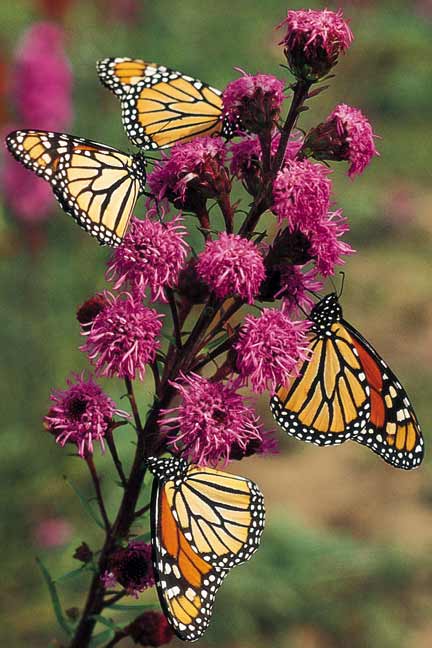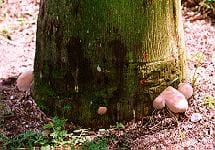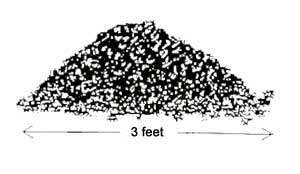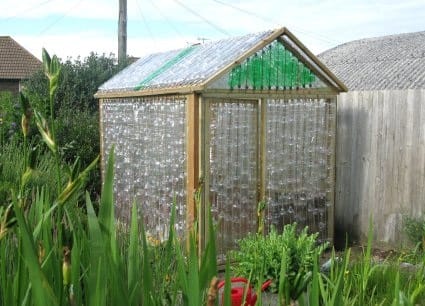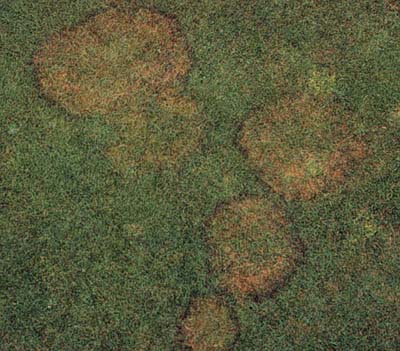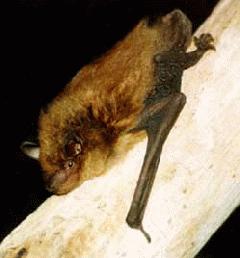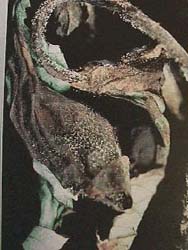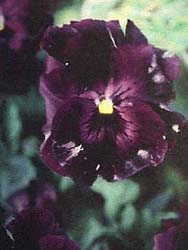Source(s): Stephen D Pettis
There are many species of butterflies but one thing about all of them is true; they are all lovely. Most folks despise most insects but few people do not welcome these insects into their gardens. Many gardeners actually plant flowers and flowering trees and shrubs to attract these summer time friends.
The key to successful butterfly gardening is to select a variety of flowering plants so butterflies are attracted to the food source all summer long. Plant annuals, perennials, and flowering trees and shrubs to attract a variety of butterflies consistently. Utilize plants of different colors as well. Plants such as daisies, Queen Ann’s lace, yarrow, alyssum, golden rod, alfalfa, clovers, and vetches will attract beneficial insects. Keeping your plants flowering for as long as possible is another key to having a consistent variety of butterfly attracting plants. Annuals and perennials benefit from ‘deadheading’ or removing spent flowers. Pinching off old flowers stimulates herbaceous plants to produce more blooms for longer periods of time. Be sure however to leave the very last set of flowers if you wish to collect seed.
Flowering trees and shrubs benefit from pruning at the appropriate time. Plants such as hydrangea and forsythia should be pruned in early summer after flowering. Shrubs such as hollies and butterfly bushes benefit from an early spring pruning to stimulate new shoot growth. Proper fertility keeps plants growing vigorously and provides new shoots, flowers, and fruit with the extra nutrients they need to really put on a show. Irrigate in a timely manner.
Water sources attract butterflies. Birdbaths, temporary puddles, small dishes of water, and dripping water can be easily installed in any garden. Remember to replace your water every few days to avoid mosquitoes and to keep it attractive. Place small ‘perches’ in water sources so that insects can access the water. The final way to encourage butterflies is to provide them shelter. Areas that are left undisturbed benefit insects. Allow forest edges to grow wild and do not mow open areas unnecessarily. Plant perennial flowerbeds that will flower all season by staggering different species throughout the bed. Hedgerows also provide beneficial insects with shelter.
| Plants for a Butterfly Garden | Plant type | Flowering time | Favored Soil Situation | Sun or Shade |
| Hydrangea quercifolia, Oakleaf Hydrangea | Shrub | Late May-July persisting | Moist loam | Partial shade |
| Callicarpa Americana, American Beautyberry | Shrub | June | Dry loam | Partial shade |
| Lilium longiflorum,
Easter Lily |
Perennial | April-May | Moist loam | Full Sun |
| Hemracolis spp., Daylily | Perennial | May-July | Dry loam/clay | Full Sun |
| Achillea filipendulina, Yarrow | Perennial | May-August | Dry clay | Full Sun |
| Iris xiphium, Dutch Iris | Perennial | April | Dry clay | Full Sun |
| Rudbeckia hirta, Black-eyed Susan | Perennial | June-August | Dry clay | Full Sun |
| Ageratum eupatorium, Floss Flower | Perennial | May-October | Moist loam | Full Sun |
| Centaurea cyanus,Corn Flowers | Annual | March-May | Moist loam | Full Sun |
| Lantana camara, Lantana | Shrub | June –September | Dry clay | Full Sun |
| Buddleia davidii, Butterfly Bush | Shrub | June-September | Dry Clay | Full Sun |
| Milkweed Asclepias spp. | Annual | Mid June | Moist loam | Full Sun |
| Sunflower | Annual | June-August | Moist loam | Full Sun |
| Ilex verticillata, Winterberry | Shrub | December-
January |
Moist loam | Full Sun |
| Cleome hasslerana, Cleome | Annual | May-September | Summer to early fall | Full Sun |
| Cosmos spp., Cosmos | Annual | May- September | Spring to early fall | Full Sun |
| Lunaria annua, Money Plant | Biennial | April- May | Spring to mid summer | Full Sun |
| Delphinium spp., Larkspur | Annual | April- May | Spring | Full Sun |
Resource(s): Flowering Perennials for Georgia Gardens
Center Publication Number: 110
